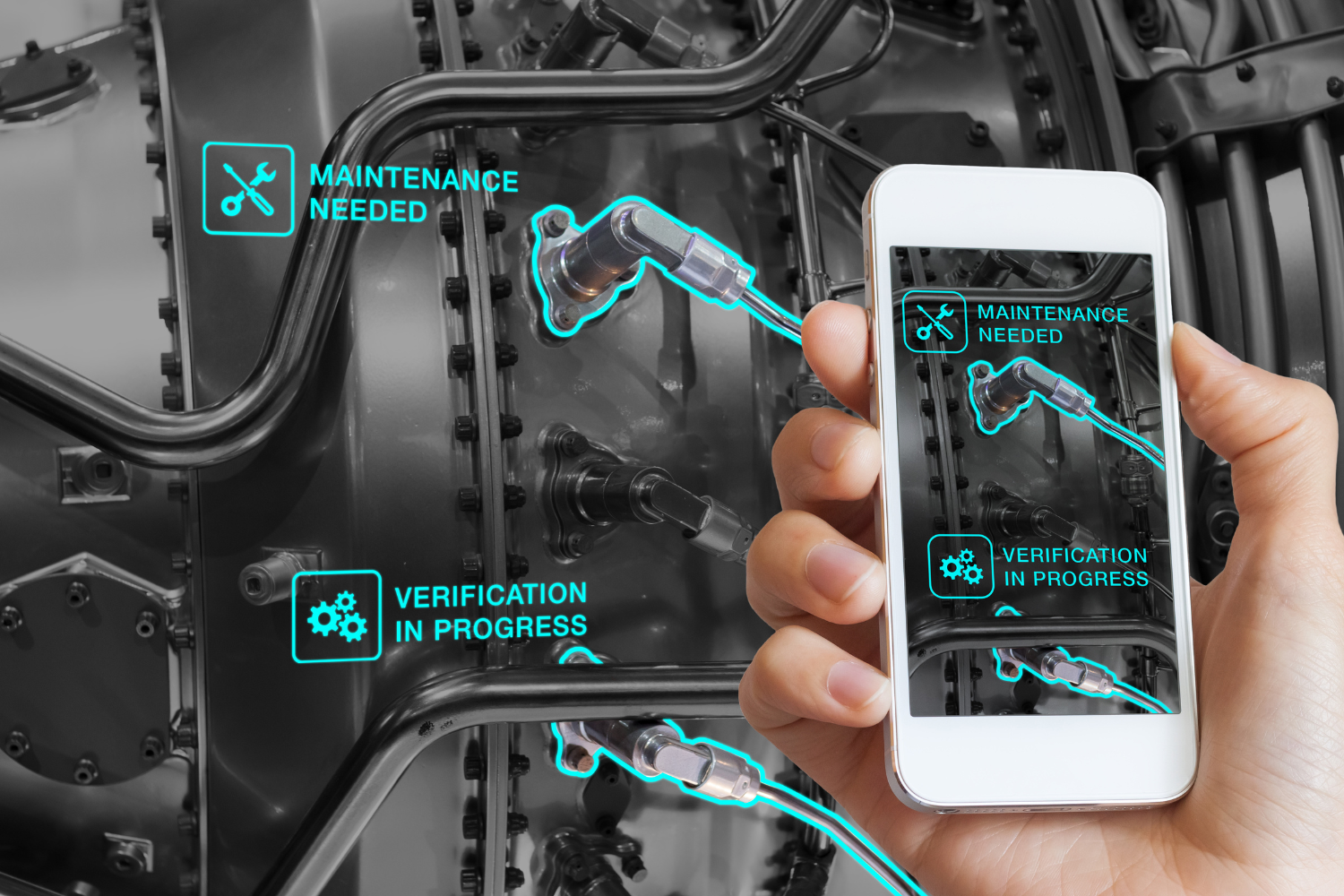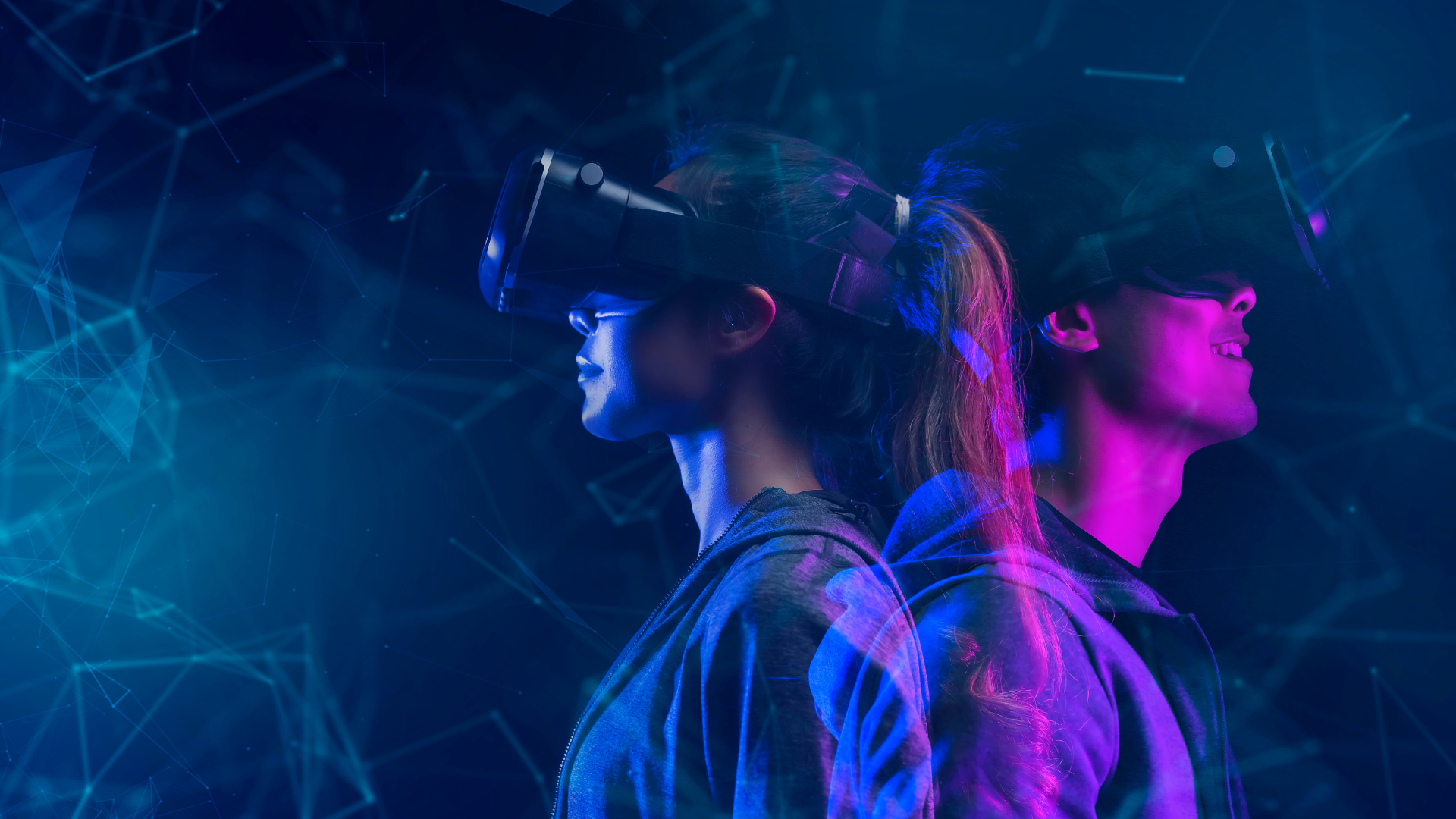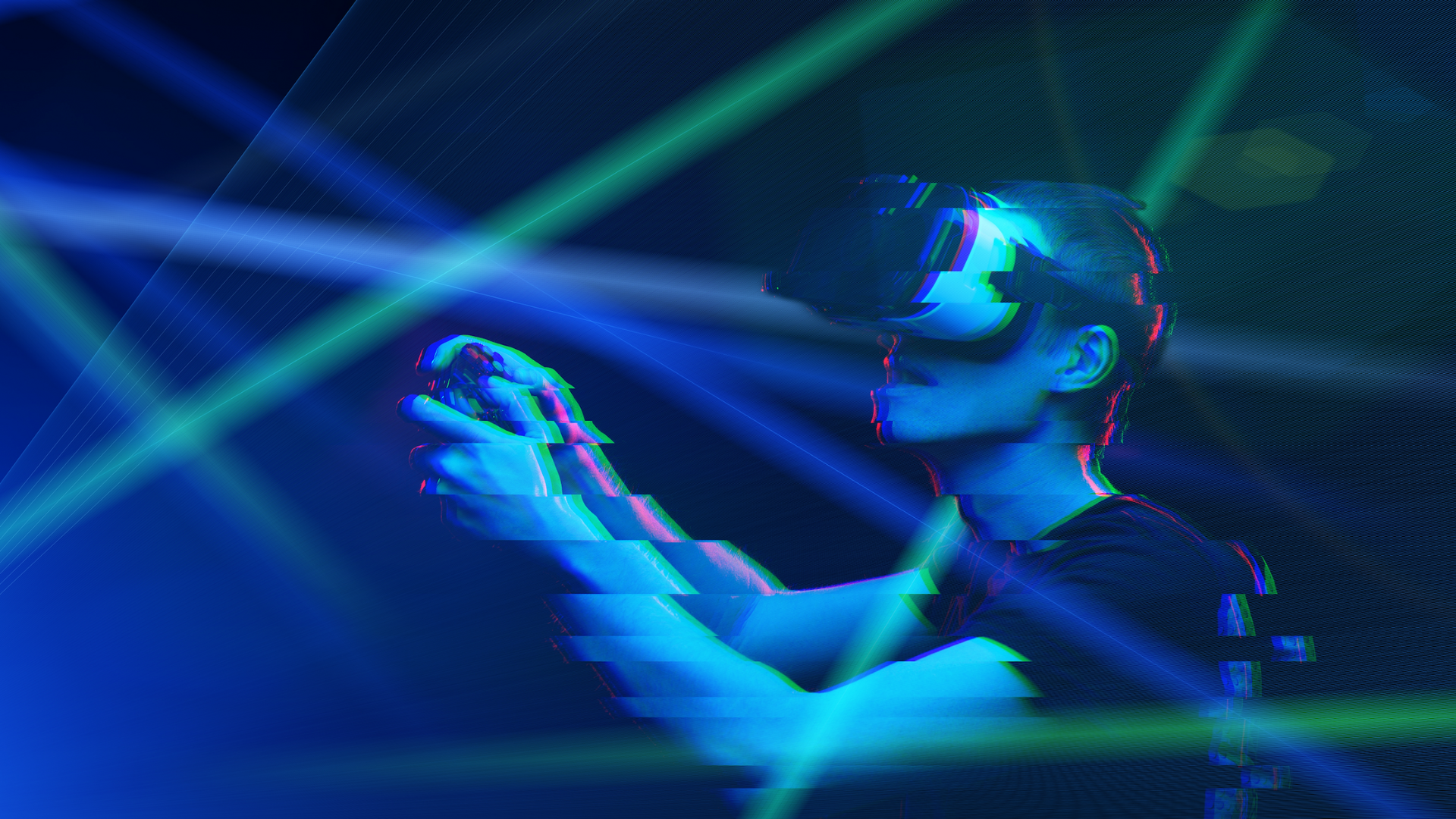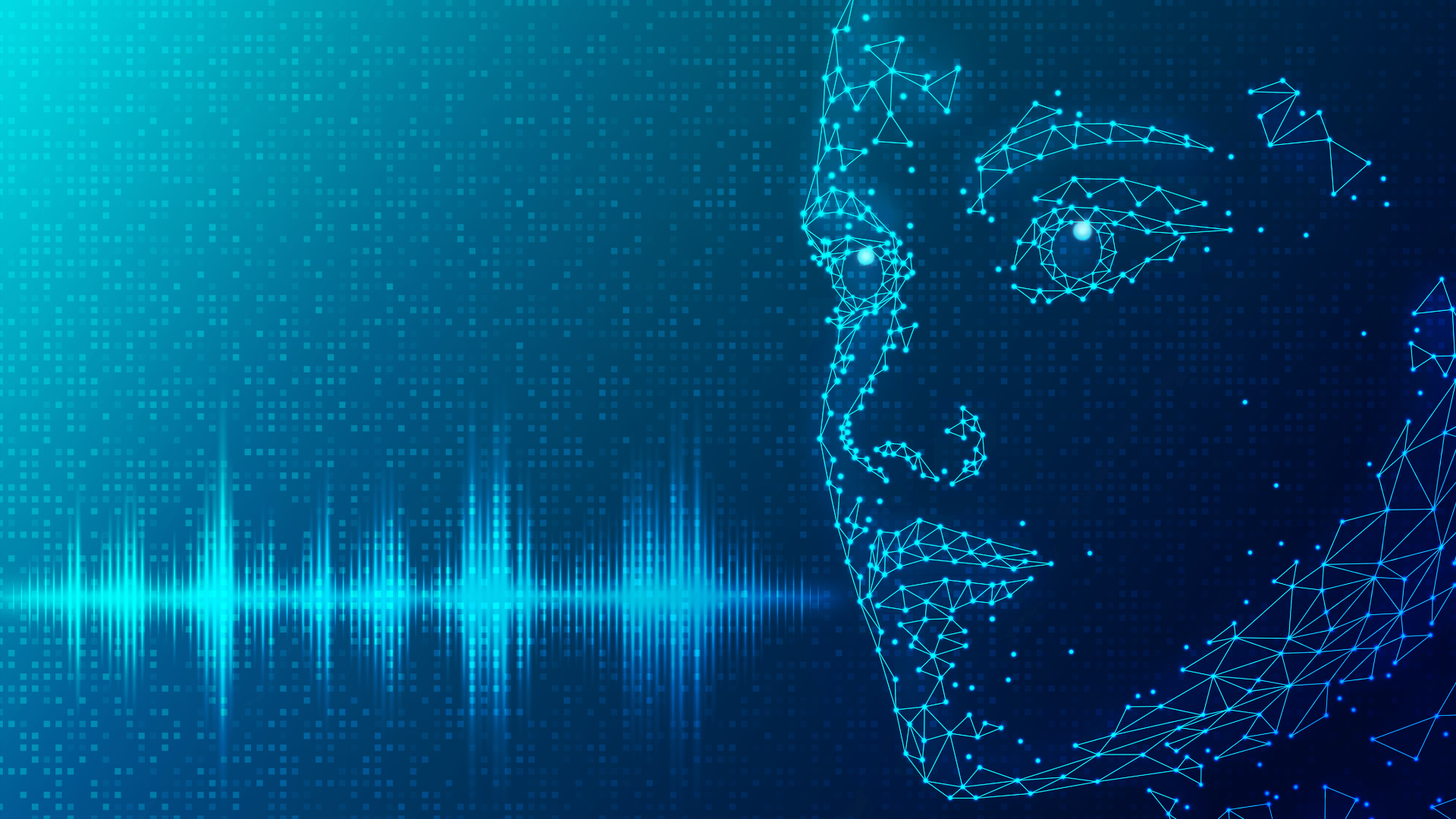In continuation of my blog series on Evaluating Immersive Technologies, today I present a look at the limitations of Mixed Reality (MR). If you have not yet read my previous posts, check them out here:
Part 1: Considerations & Limitations of VR
Part 2: Considerations and Limitations of AR
Understanding Mixed Reality (MR)
Mixed Reality, commonly referred to as Extended Reality (XR) or Hybrid Reality, combines elements of VR and AR, which allows users to interact with digital objects in a real-world environment. MR technology requires a virtual reality headset or glasses that have cameras and displays. However, MR technology also requires accurate object tracking and occlusion, or the realistic and accurate blending of both the virtual and real world.
Augmented Reality, Mixed Reality, and Virtual Reality: What’s the Difference?
Although Mixed Reality and Virtual Reality may have similarities, they are not the same. The reality continuum extends from fully digital to the real world, and Augmented Reality, Mixed Reality, and Virtual Reality demonstrate three levels that are gaining more awareness in our daily lives.
- Augmented Reality: Presents digital content over the user’s real-life surroundings, but real and virtual objects cannot interact with one another in real-time.
- Mixed Reality: Projects and blends overlay of digital elements and objects that can interact with the real world, such as the Microsoft Hololens example below.
- Virtual Reality: A fully immersive environment that removes the user from reality.
How Are Companies Using MR?
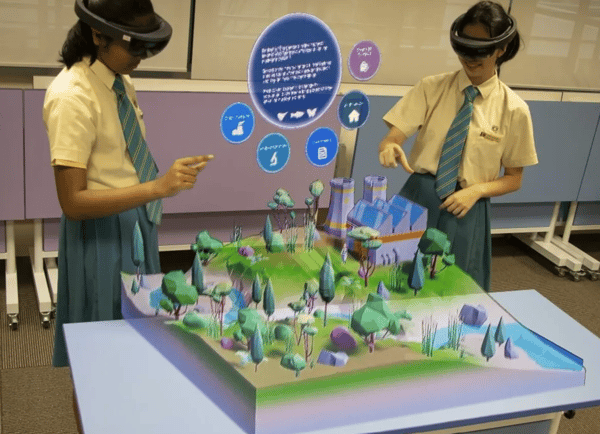
Product Design & Manufacturing: Companies are using MR to create prototypes and virtual models, known as digital twins, to reflect physical objects for the purpose of simulations, integration, testing, and maintenance.
Remote Assistance: Mixed Reality can be used to help connect remote or deskless workers with just-in-time training needed to repair, assist, and troubleshoot on the job.
Healthcare: Mixed Reality has found many practical uses in healthcare, including surgical training simulations, medical education, rehabilitation, and patient education.
Learning & Development: MR is particularly useful for training, education, and product design applications, where users can interact with virtual objects in a real-world setting.
Understanding the Limitations of MR
One of the most significant challenges is occlusion issues, where virtual objects are placed in front of real-world objects, leading to an unnatural experience that can impact its effectiveness and user experience. This can occur when the tracking technology fails to accurately determine the position of the real-world objects, or when the virtual objects are not designed to account for occlusion.
- Calibration: MR systems require accurate calibration to align virtual objects with the real world, and calibration errors can reduce immersion and cause discomfort. Even after calibration, the accuracy can “float” causing the need to recalibrate often.
- User Interface: The MR system often does not have an intuitive and user-friendly interface to avoid confusion and frustration.
- Limited Field of View: Some MR systems have a limited field of view (horizontal and vertical), which can reduce immersion and affect spatial awareness.
- Motion Sickness: The sense of motion in MR can cause motion sickness or nausea in some users, especially if the MR experience involves rapid movements or changes in direction or limited physical movement which may cause motion sickness and disorientation.
Barriers to Entry with Mixed Reality Solutions
The hardware requirements for MR are high, which may create a barrier to entry. MR devices typically require specialized headsets or glasses that incorporate cameras and displays, which can be costly. Additionally, MR applications often require powerful computers to run, which are not easily portable on the user. This limitation is driven by the application and computer resources needed. If the application can be restricted then computing power needs are reduced as well.
Mixed Reality and Accuracy
Another challenge for MR technology is the need for accurate object tracking and mapping of the real-world environment. This requires sophisticated software algorithms that can interpret camera images and create a 3D map of the user’s surroundings. The accuracy of the tracking can affect the quality of the MR experience, with poor tracking resulting in misaligned virtual objects or jittery movements. The market for object tracking is rapidly changing with more innovative AI technology.
Cognitive Demand
Mixed reality can be even more mentally demanding than VR and AR, as it combines elements of both. Users may need to process real-world information, virtual information, and a combination of both simultaneously. This can be mentally taxing and require significant mental effort to maintain orientation and attention. Cognitive workload may be increased by the need to learn and master new and complex interface and control systems, integrate information from multiple sources (e.g. hand gestures, voice commands), and adapt to a wide range of application contexts and scenarios and interfere with the effectiveness of the actual training or task purpose.
Industry Considerations for Implementing MR
Despite these limitations, MR technology has great potential for applications where interacting with virtual objects in a real-world environment is essential, such as training, education, and product design. However, it may not be suitable for applications that require a high level of immersion, such as gaming, due to the occlusion issues and the limited field of view of current MR devices.
Based on the limitations of MR technology, it may not be suitable for applications where accurate object tracking and occlusion are not essential. For example, if the goal is simply to display digital information or graphics, AR technology may be more appropriate and cost-effective. Additionally, if the cost of MR hardware is too high for the intended application, alternative technologies may be more feasible. Finally, if the occlusion issues in MR technology are too disruptive for the user experience, other technologies such as VR or AR may be more suitable.
Explore Your Options with Mixed Reality
When implementing any of these technologies, it’s important to always include a human factors engineer with expertise in cognitive analysis and ergonomics of the technology being implemented. Contact us to learn more about our mixed reality training enterprise solutions and how the future of technology can create measurable results in your team’s performance.
Stay tuned for the next post where I will explore the limitations of Holograms and follow me on LinkedIn.
